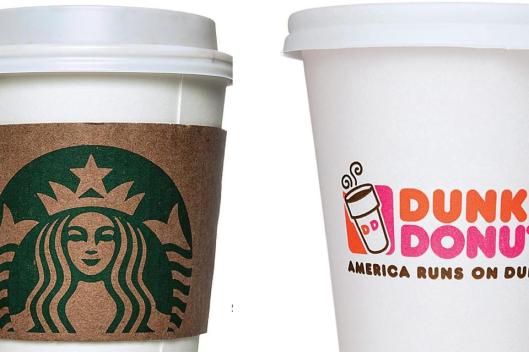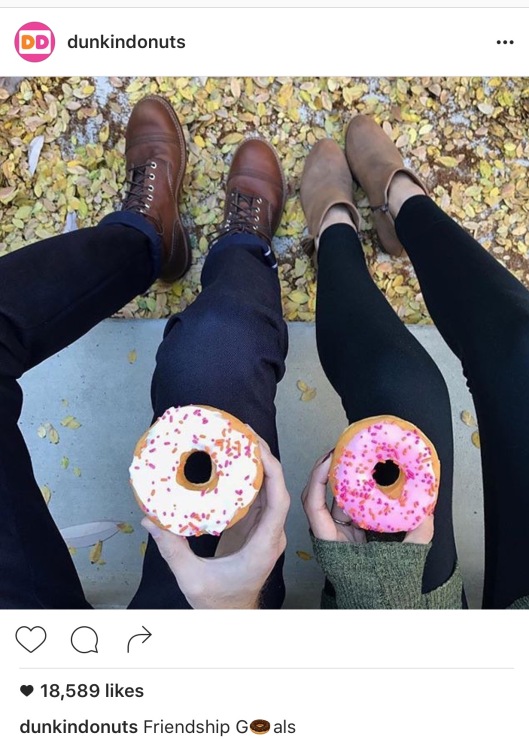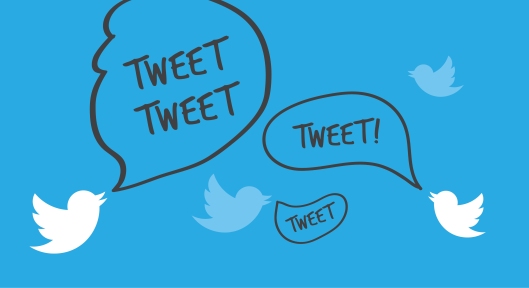Digital marketing and Social Media are constantly changing. Many think social media platforms are purely for person to person interaction. However, they offer wonderful opportunities for companies to reach their targeted consumer base. Companies will traditionally create an action plan to determine which social media and digital marketing strategies they need to implement to properly support their overall business goals.
Social media has become a necessity rather than an extra marketing strategy. It now provides numerous benefits to a company when used appropriately that are hard to ignore. Despite skepticism, social media can help SEO and Page Rank. In its most basic idea – “the more people talk about your brand on social media, like, follow and recommend your brand page to others, the more chances of your web page to rising up in search ranking.”
There is one issue with the overall action plan strategy – Companies must be flexible and react with change.
The landscape of social media and digital marketing is constantly changing. These changes can impact an action plan so this is where adaptation will need to come into play for a company to remain relevant and on top of their business goals.
There are many future implications that can affect companies moving forward in social and digital spaces.

Image Source: Sprout Social
One implication companies will need to be flexible on is the expansion of social media ads. Have you noticed move advertisements on each one of your social media platforms? That’s because companies have realized how effective they can be. Social media advertising has really been hard to ignore when research estimates “the average person will spend nearly two hours (approximately 116 minutes) on social media everyday”. Many estimate that “by 2017, social network ad spending will reach $35.98 billion, representing 16.0% of all digital ad spending globally” (Media Buying).
Facebook is the main place for ads but Twitter, Instagram, and Snapchat are catching up. Companies that want to stay ahead will need to look to these apps, pending they can reach their target demographic on them, for ads in the future. The future of social advertisement on these apps looks great for companies even more so if they can incorporate ads like the new types “Instagram now offers [where there is] an option to click on items in a photo and immediately purchase them” (Stephan).
The new ad locations relate to how businesses will need to note the projected popularity increase of Snapchat and Instagram for business use. Since their creation, both Snapchat and Instagram have been superficial visual apps with minimal advertising. Brand presence on these apps were purely to create a sense of authenticity. As 2017 rolls in, both apps have begun to take advertising and brand associated account creation more seriously.

Image Source: Android Joint
Companies will need to be wary of new social platforms that emerge and choose based on survival of the fittest. They need to really look at the experience platforms offer to the consumer before throwing their resources, time or money, behind it. Companies will need to look at the current platforms and see if they are worth continuing on. Google+ is predicted to be on its way out. Google has not may many updates to the platform to make it worth the wile of consumers. Companies will need to adjust expectations and instead make sure they are properly located on Google, Yahoo, Bing, and Yelp.Instead, they should focus on the user experience and reviews left on these sites and anywhere online.
Companies can continue to thrive no matter the social media landscape as long as they take a step back, look at their new surroundings, and find ways to adapt.









 Tweet in the moment and tweet often. More people will likely follow you if you are active on Twitter rather than tweeting only once a week. a huge point Schaefer makes is that “the social web isn’t about search engine optimization or keywords or B2B or B2C, it’s all about P2P—person to person connections.” (2- pg.17) Social media is a new way for people to make connections especially in business.Twitter is great for this as long as it is utilized properly.
Tweet in the moment and tweet often. More people will likely follow you if you are active on Twitter rather than tweeting only once a week. a huge point Schaefer makes is that “the social web isn’t about search engine optimization or keywords or B2B or B2C, it’s all about P2P—person to person connections.” (2- pg.17) Social media is a new way for people to make connections especially in business.Twitter is great for this as long as it is utilized properly.
